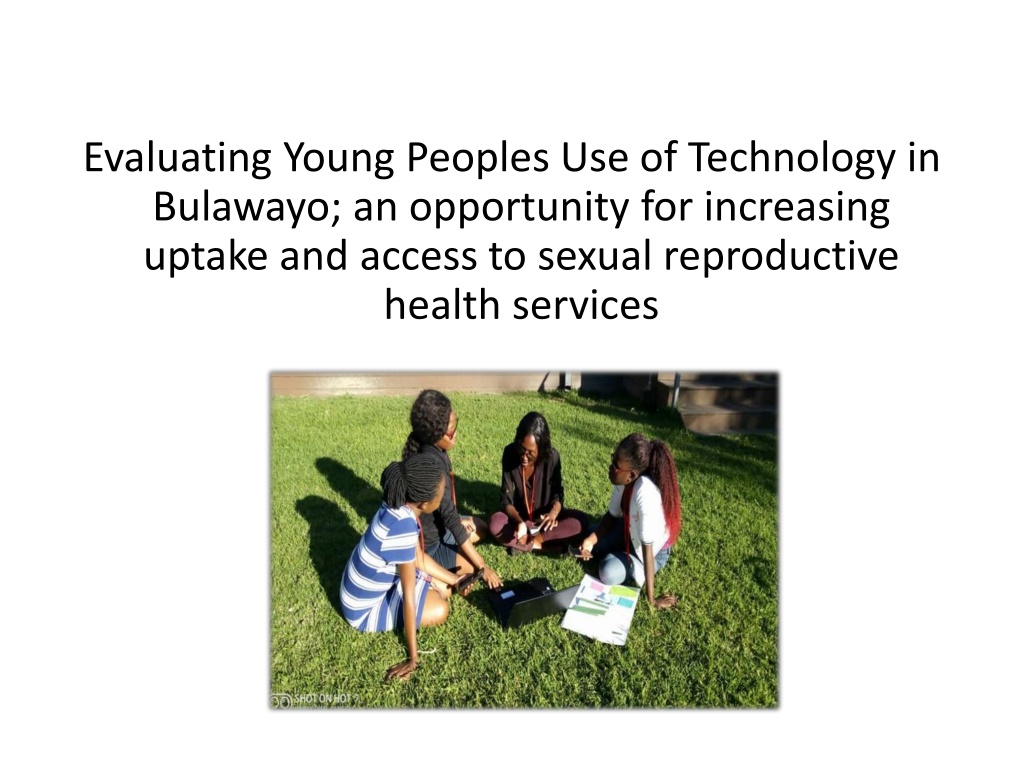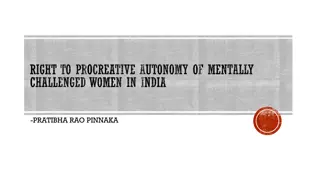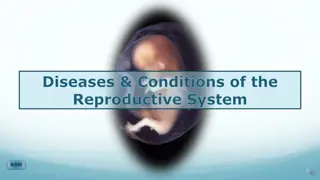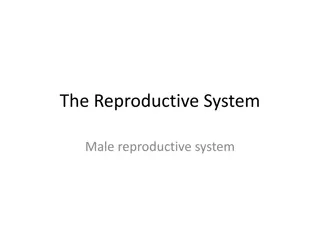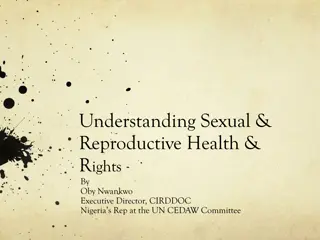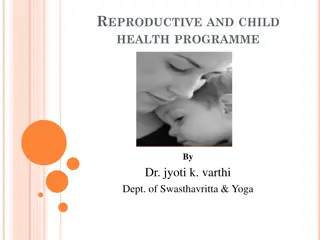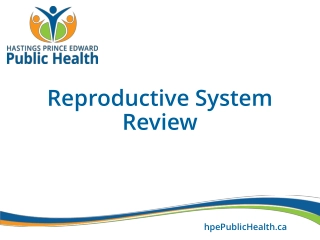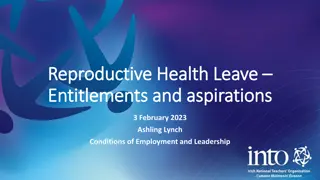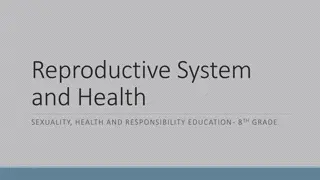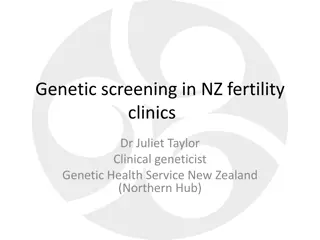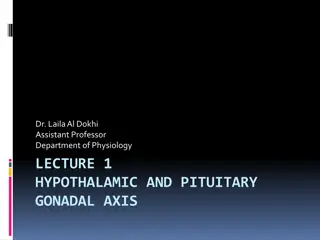Understanding Young People's Use of Technology for Enhanced Reproductive Health Services in Bulawayo
Exploring the prevalence of mobile phone ownership among young people (YP) aged 16-24 in Bulawayo and their willingness to access health services through technology. A cross-sectional survey was conducted in 4 suburbs, gathering data on mobile phone usage and demographics. Initial results show promising access to smartphones and mobile phones among YP, presenting an opportunity to leverage technology for improving sexual reproductive health services.
Download Presentation

Please find below an Image/Link to download the presentation.
The content on the website is provided AS IS for your information and personal use only. It may not be sold, licensed, or shared on other websites without obtaining consent from the author. Download presentation by click this link. If you encounter any issues during the download, it is possible that the publisher has removed the file from their server.
E N D
Presentation Transcript
Evaluating Young Peoples Use of Technology in Bulawayo; an opportunity for increasing uptake and access to sexual reproductive health services
BACKGROUND Healthy young people now productive adults in the future healthy future children Young people have poor access to health service as they are not aware of the services There is a gap between young people and their access to health services.
INTRODUCTION Technology connects people with services. Young people are always a step ahead with technology Technology offers potential to engage young people However, little was known about young peoples access to technological devices in our setting
OBJECTIVES 1. To estimate the prevalence of mobile phone ownership among YP aged 16-24 years. 2. To estimate the proportion of YP who would want to access health services via mobile phones. 3. To describe mobile phone usage among YP.
METHODS Cross sectional survey of YP aged 16-24 years 4 high density suburbs (CHIEDZA clusters) in Bulawayo between June - August 2019 1. Nketa 2. Tshabalala 3. Pelandaba 4. Nkulumane
METHODS 200 GPS coordinates were randomly selected and households within 20m radius were interviewed Demographic information was obtained from the head of the household Consenting YP answered a tablet based survey on their use of technology.
RESULTS: Demographics Figure 1: Young people interviewed Table 1: Ages of young people interviewed 200 180 Age category Number of YP N=182 160 140 120 16 19 years 94 ( 51.6%) 100 80 60 20 -24 years 88 (48.3%) 40 20 0 YP Interviwed Total of YP Females (67%) Males (33%)
RESULTS: Ownership Figure 2: Mobile phone ownership among young people No Yes 23 Is Econet your service provider 117 56 Is your phone a Samsung? 72 22 Is the phone you use a "smart phone" 128 32 Do you have or use a mobile phone 150 0 20 40 60 80 100 120 140 160 Do you have or use a mobile phone 32 Is the phone you use a "smart phone" 22 Is Econet your service provider 23 Is your phone a Samsung? No 56 Yes 150 128 72 117
RESULTS: Use Last time when internet was accessed by YP Total number of YP Today 78 (49.1%) Yesterday 26 (16.5%) Within the last 7days 18 (11.3%) Within the last month 12 (7.6%) In the last 3months 7 (4.4%) Longer than 3months 16 (10.1%) Unsure/ I don t know 2 (1.3%)
RESULTS: Use Figure: Frequency of use for mobile applications Searching for relationships and sex infromation Searching for health information Sending instant messages and chatting Social networking sites Phone calls 0 20 40 60 80 100 120 Never Sometimes Often Always
RESULTS: For Health Would you consider accessing health services via your phone? Consultatio n 8% Other 5% HIV Testing 20% 160 Results Delivery 8% 20 2 Counselling 59% HEALTH SERVICES Yes No Maybe Services Young people said they would be comfortable accessing via mobile phone
DISCUSSION Most YP in our study settings have access to and use mobile phones Many of the YP interviewed expressed willingness to use mobile phones to access health services
CONCLUSION & RECOMMENDATIONS YP face many barriers to accessing health services Study findings show high use of technology and willingness to use technology in accessing health services Findings provide useful information for health service providers and stakeholders developing interventions for YP Further studies to evaluate uptake of health services delivered through mobile phones are recommended
WE WOULD LIKE TO THANK THE BRTI, CHIEDZA TEAM, OUR TRAINERS, OUR MENTOR AND THE STAKEHOLDERS
